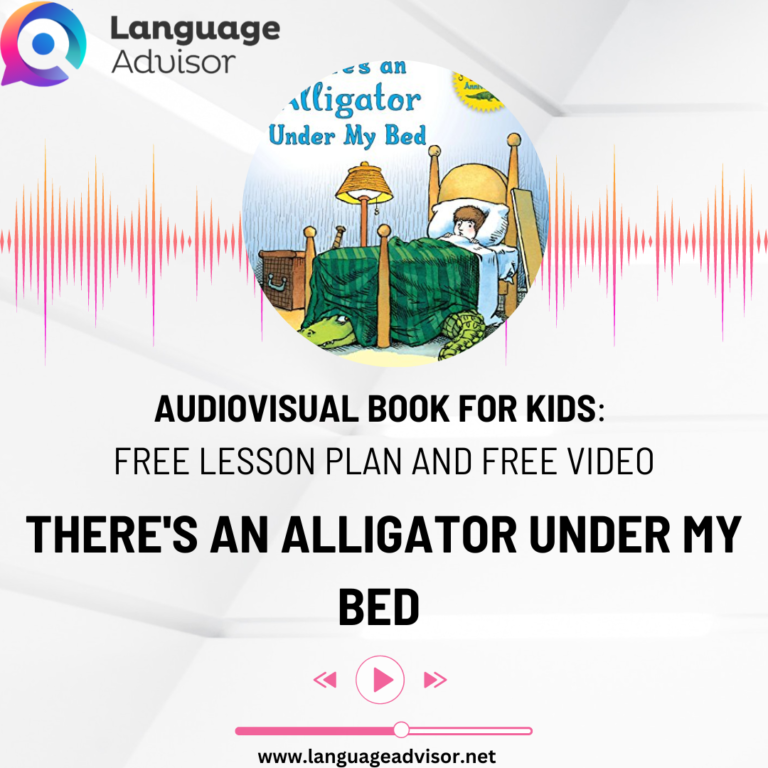Listen Up! Fables. Using Audio Books for English Teaching for Young Learners with free audiobook.
Listen Up! Fables

Listen Up! Fables
Why Use Audio Books?
- Exposure to patterns, intonation, expressions, different accents & dialects, and pronunciation of a language
- Provides example of fluent reading
- Dramatized audio books can increase students interest in the text
- Allows “readers” to enjoy a book at their interest level, even if it is above their reading level
- Students can work at the same pace
- With text & audio: a multisensory approach to reading
- Supports auditory learners
- Helps with literacy development
- Improves comprehension of text
Ways to Use Audio Books inthe Classroom and Beyond
- Whole Class
- Reading Centers (In Groups)
- Classroom Management
- Independently
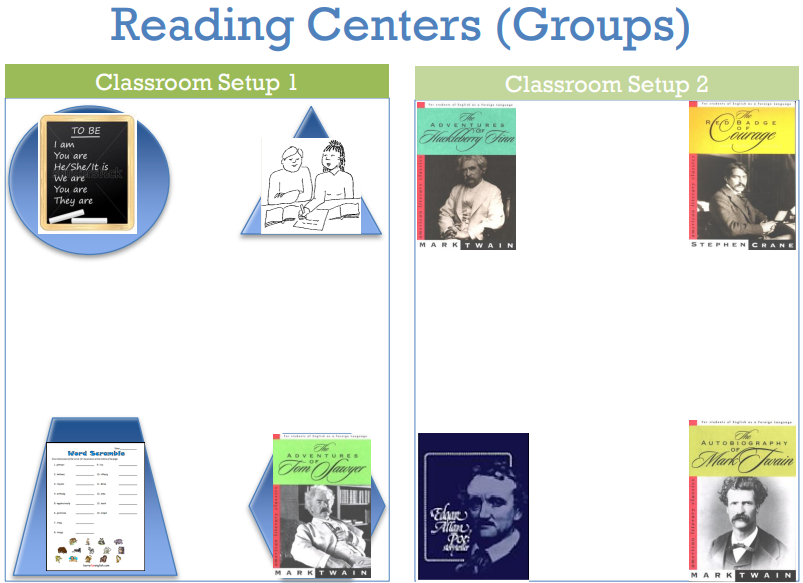






Listen Up! Fables
Classroom Management
- Rewards
- Warm-ups, closings, transitions
- During “boring” tasks
- Ex: clean-up
Independently
- Commuting/Traveling to
- and from school
- While doing daily chores
- An incentive program





Reading & Listening Skills
- Vocaulary Building
- Listening/Reading Comprehension
- Listening/Reading for Details
- Summarizing & Sequencing
- Prediction
- Analysis
Vocabulary Building
- Listening for Vocabulary
- High frequency words (articles, forms of “to be”, question words, etc.)
- New vocabulary (places in a town, emotions, etc.)
- Highlighting a specific grammar point (example: present perfect verbs, going to)
- Activities
- Raise hand
- Stand up
- Tally
- Categorizing





Activity 1: Listening for Vocabulary
- Assign each student (or groups of students depending on class size) one word that they will hear.
- Have students stand up (raise their hand or tally) each time they hear their assigned word. If the word is an action word, they can stand upand do the action.
Example







Activity 2: Categorizing
Example:
In chapter 1 of The Autobiography of Mark Twain, students will hear Mark Twain describe his hometown. Have students make a list of the places they hear. Next, have students listen again and make a list of all of the descriptions of the places they hear.
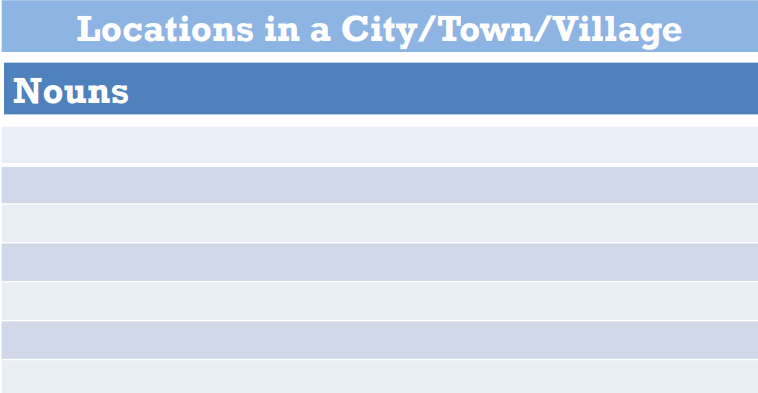

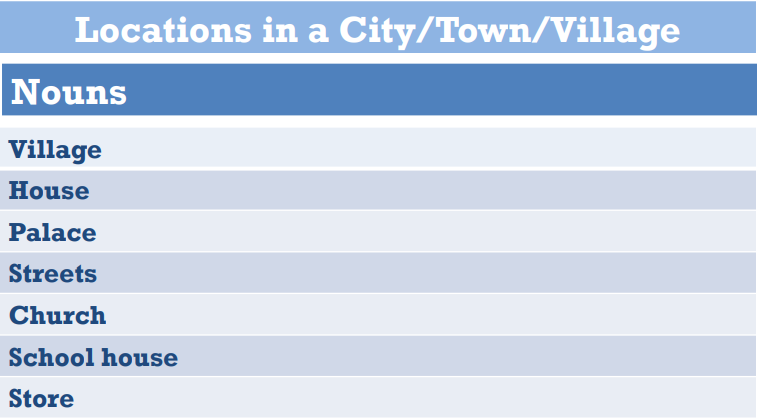

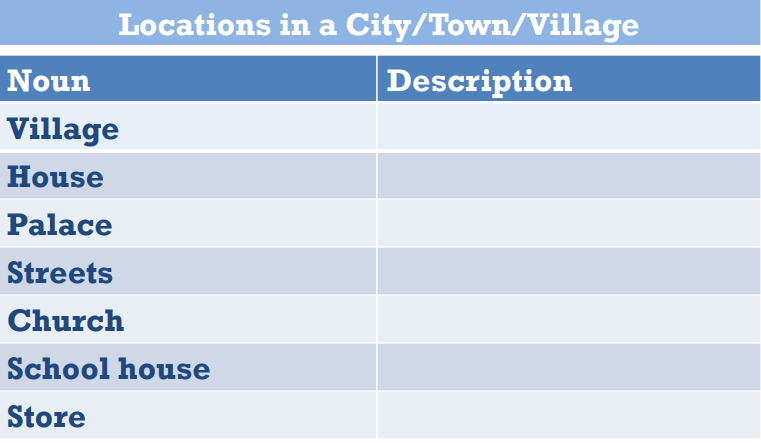

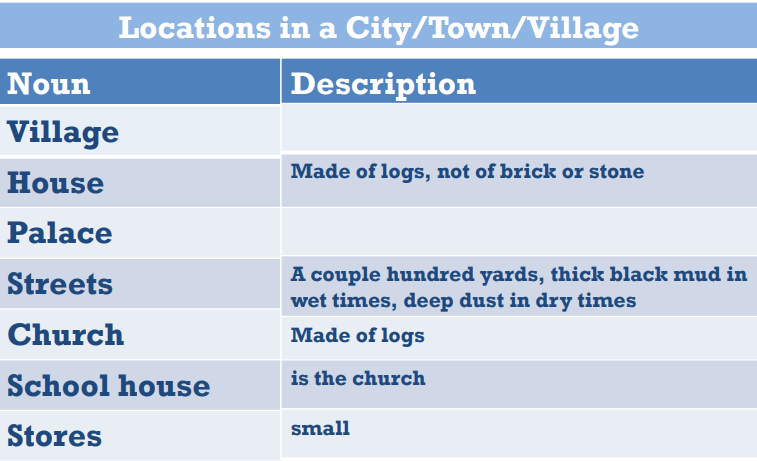

- What are some words or phrases that your students might not understand?
- What are some concept checking questions you might ask?
- Was there a palace in the town?
- Do you think Mark Twain’s house was big or small? How do you know?
- The streets were “a couple of hundred yards”? What unit of measurement (used in our country) is similar to yards (used in America)?







Activity 3: Sequencing & Summarizing


Have students listen to a segment of a story (preferably with a lot of action) 2-3 times and quickly write down what happens in the story. Next, have students rewrite what happens in complete sentences.


In pairs, have students compare their stories. In pairs, have students select 4-6 of the most important parts write their sentences on strips of paper.


Have each pair mix their sequence and trade with another group. Each group should try to sequence the other group’s cards.





Activity 4: Character Comparison
Example:
In chapter 1 of The Adventures of Tom Sawyer, students will hear Aunt Polly and Tom interact. Have students describe each character based on their interactions.
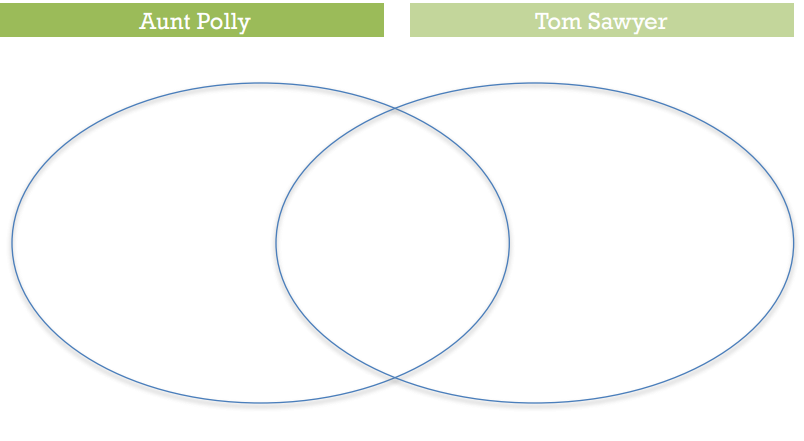

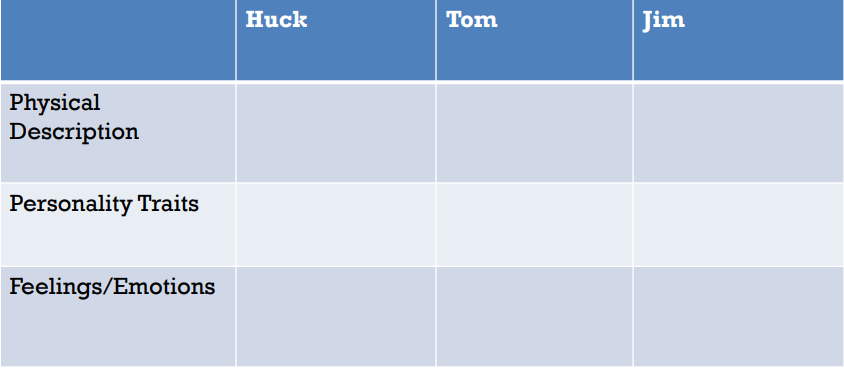






Activity 5: Predicting
Example:
In the beginning of The Gift of the Magi (0:24-0:55), students will listen to the very beginning. Then they will make a prediction (or creative story) of what they think will happen.
- Have students listen to a piece of the story 2-3 times.
- Put students in pairs or groups and have students create a scenario to finish the story
- Have students perform act 2 of the story or have students write part 2 of the story
- Other Activities:
- Chain story
- Writing a prequel





Listen Up! Fables: here are some fables
Listen to the audiobooks
Introduction by GK Chesterton
The Fox and the Grapes
The Goose that laid the Golden Eggs
The Cat and the Mice
The Mischievious Dog
The Charcoal- Burner and the Fuller
The Mice in Council
The Bat and the Weasels
The Dog and the Sow
The Fox and the Crow
The Wolf and the Lamb
The Horse and the the Groom
The Peacock and the Crane
The Cat and the Birds
The Spendthrift and the Swallow
The Old Man and the Doctor
The Moon and the Mother
Mercury and the Woodman
The Ass, the Fox and the Lion
The Lion and the Mouse
The Crow and the Pitcher
The Boys and the Frog
The North Wind and the Sun
The Mistress and her Servants
The Goods and the Ills
The Hares and the Frogs





IF YOU ARE INTERESTED IN BUYING THIS BOOK, CLICK ON THE BUTTON BELOW





Also check out these audiobooks








